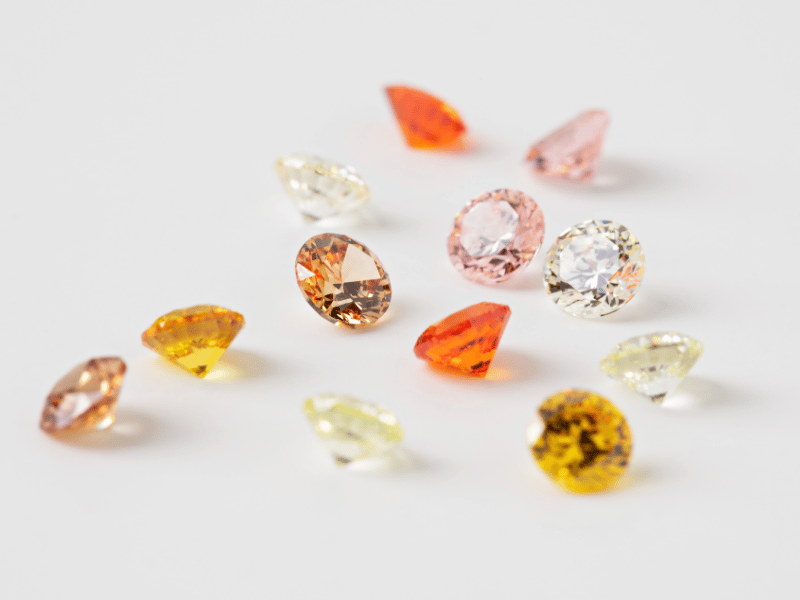Onyx is a natural, semi-precious stone belonging to the family of calcedonies. Onyx displays a deep black color and can occur under various aspects, from opaque to slightly translucent.
Onyx is a stone the Romans highly valued and which they would use to craft seals and cameos.
L’origine du mot onyx provient du grec onux, signifiant “ongle” ou “griffe”.
The family of calcedonies includes quite a wide variety of stones, among which are notably: green agate (which was the topic of a previous article) as well as cornelian, sardius, blue calcedony, and chrysoprase.

The Characteristics of Onyx

Onyx is classified in the same mineralogical group as quartz, for they share the same chemical composition: SiO2 (silicon oxide).
But contrary to quartz crystals, the crystal structure of onyx (and agate as well) is polycrystalline or microcrystalline; in other words, onyx is made of a large quantity of quartz microcrystals.
It is rather unusual for natural rough onyx to occur in solid black color. The stones are indeed very often subjected to black dyeing. Such dyeing administered to 90% of onyxes, is very widely acknowledged.

There are many different types of onyx:
- Nicolo Onyx features dark blue, and pale color layers.
- The Eyed Onyx, which color layers nicely circle round a darker central spot, designing the shape of an eye.
- Onyx with fortification features polygonal layers.
- Sardonyx, which color is reddish to brownish, resulting from a mix of onyx and sardius.
Physical properties of Black Onyx
Its Hardness
The physical and chemical properties of Onyx and agates are quite similar to those of quartz and other gemstones from the family of chalcedonies.
Its harness ranges between 6.5 and 7, which ensures a fairly good resistance to scratches: onyx will get scratched by quartz but will scratch orthoclase.
Its Density
Density of onyx ranges between 2.55 and 2.65, it is therefore a rather lowly dense gem compares to zirconium oxides (CZ) or corundums.
Its Resistance
The mechanical strength of onyx is good, as is its thermal resistance. The black dyeing treatment administered to the gem is stable and permanent.
With regards to chemical resistance, it is necessary to be cautious about some products such as chlorohydric acid, in which onyx could solubilize.

Deposits of Black Onyx

Onyx is widely found on all areas of the globe. As this is a gem that comes from agate deposits and is then dyed in black, it is necessary to take notice of the main deposits of agate and chalcedony.
The main supplier country of onyx is Brazil. Other countries are major worldwide suppliers: the United States, Mexico, Uruguay, and India.
Many other countries contain agate deposits, it is by the way quite likely that the country in which you are living has deposits of chalcedony and agate.
Facts about Onyx
Obsidian is a gem that is very similar to onyx. To be exact, there is only one thing that comes differentiating them: their structure.
Onyx structure is microcrystalline, i.e., formed of quartz microcrystals, whereas obsidian has no crystalline arrangement at all.

Over the centuries, onyx has been used to fashion cameos, those sculptures of gemstones created by artist craftsmen.
. The famous “Grand Camée de France» has been sculptured in a variety of sardius onyx and chalcedony, and is a remarkable illustration of this art, in the exceptional dimensions of 31 cm in height and 26.5 cm in width.




